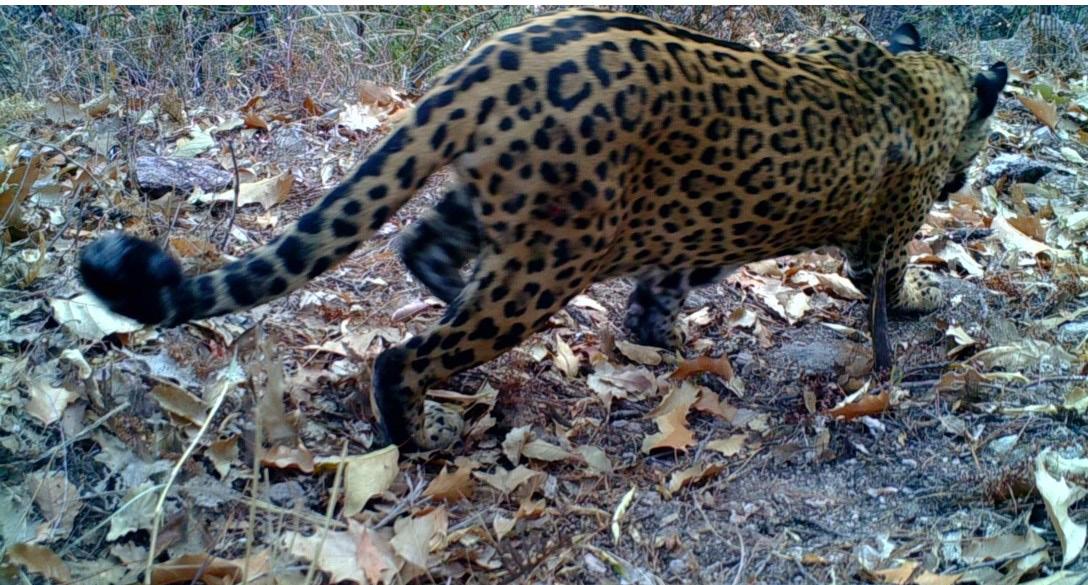
2 minute read
MEXICO
Munihuaza / Alamos, Sonora State, Mexico
Our Mexican team implemented a monitoring strategy in the community of Munihuaza (adjacent to our Monte Mojino Reserve) as part of the “Borderlands Linkages Initiative,” a collaborative project that brings together eight organizations to protect the northernmost corridors of jaguar habitat through coordinated landowner outreach and wildlife monitoring.
Advertisement
Through skill-sharing workshops, members learned to install camara traps and use them for wildlife research, with the hope of catching the iconic mammal on camera.
After months of monitoring, they captured images of bobcats, ocelots, pumas, and a lot of cows, but no Jaguar. It wasn’t until the team reviewed the last batch of pictures that the characteristic black and orange spots appeared. The team was even more elated when it was determined that the specimen found was the second oldest female Jaguar in the area, last seen in 2013.
“Even one Jaguar spotting is incredibly important, it is an indicator of a healthy ecosystem. But a female is hopeful, since it means there are possibilities for reproduction,” says Gilberto Díaz, Technical Operations, Nature and Culture, Mexico.
The people of the community decided to call her “La Abuela” ("The Grandmother"), as a symbol of wisdom and hope for the community.









